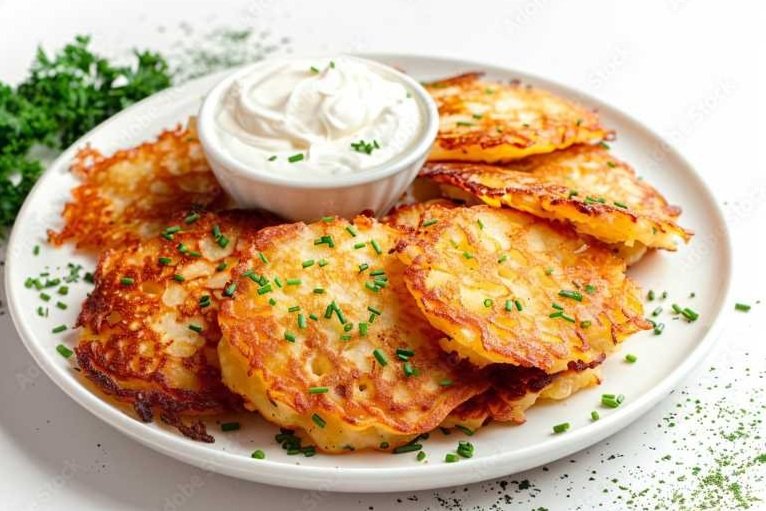Discover Warsaw Through Its Food: A Culinary Journey Through the Heart of Poland
WHY WARSAW’S FOOD IS UNIQUE
Warsaw’s culinary scene is a vibrant blend of tradition and modernity. Rooted in Poland’s rich history, the city’s food culture reflects its resilience, adaptability, and passion for flavors. From classic pierogi to bold contemporary fusions, Warsaw’s food tells the story of its people—those who have preserved time-honored recipes and those who dare to innovate. The city’s cuisine is shaped by centuries of influences, including Jewish, Russian, and Lithuanian traditions, all of which contribute to its uniqueness. Whether you’re savoring a bowl of żurek (sour rye soup) or indulging in a delicate paczek (Polish donut), every bite offers a glimpse into Warsaw’s past and present.
Photo: Delicious Poland
What to Expect on the Warsaw Food Tour
Each tour is led by a friendly, knowledgeable guide who is passionate about Polish cuisine and culture. We take pride in sharing stories passed down from our parents and grandparents, enriching your experience with personal anecdotes and historical context. Expect engaging conversations, fascinating insights, and a warm welcome to Warsaw’s culinary landscape.
During the tour, we will visit four different establishments, each offering a unique glimpse into Warsaw’s dining scene. You’ll get a chance to explore places where locals eat, from cozy family-run eateries to bustling modern bistros. Whether it’s a traditional milk bar serving hearty Polish classics or a hidden gem specializing in regional delicacies, each stop is carefully curated to provide an authentic taste of Warsaw.
Photo: Delicious Poland
Prepare yourself for a feast! You will sample 10 to 11 different food items, showcasing a variety of Polish flavors. From savory to sweet, traditional to contemporary, this tour ensures a well-rounded culinary experience. The portions are generous, so come hungry—unless you have a superhuman appetite, you’ll leave feeling completely satisfied.
Your guide will also provide valuable recommendations to help you make the most of your time in Warsaw. Whether it’s the best spot for a late-night snack, a must-visit local market, or a hidden cafe with the best coffee in town, we’re happy to share insider tips that will enhance your stay.
Photo: Delicious Poland
taste of local life
Our food tour is more than just about eating—it’s an immersive cultural experience. As you wander through Warsaw’s charming streets, you’ll gain a deeper understanding of Polish traditions, history, and daily life. You’ll hear stories of resilience, innovation, and the way food has played a central role in shaping the city’s identity. By the end of the tour, you won’t just have enjoyed delicious food—you’ll have made a meaningful connection with Warsaw and its people.
Photo: Alan Borowy (akabor3)
Testimonials from Past Guests
Our tour guide Mike was amazing! He provided us with so much information regarding
Poland traditions. It was an enjoyable experience. - Margaret
Przemek was an excellent guide- so friendly and informative. We learned a lot about Polish
culture and local traditions through food. I highly recommend this tour. Just make sure you
go with an empty stomach- there is a lot of food to try :) - Casey
Went to a few places. It was a great time despite the rain and the cold. Food and drinks
were tasty. Highly recommend it. Nice time. - Roxanne
This tour came to us recommended by friends who had done it months before us and it did
not disappoint!! We had so much fun learning about Poland as we walked around the city
eating the delectable food! Would recommend! - Julie
Book Your Tour Today
Are you ready to discover Warsaw through its food? Join us on this unforgettable culinary journey and experience the heart of Poland one bite at a time!
Special Offer: Use the discount code WARSAW10 to get 10% off your tour booking. Hurry—this offer is valid until April 30th!
Book now: https://www.deliciouspoland.com/warsaw-food-tour














































